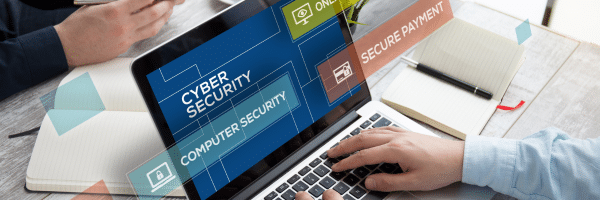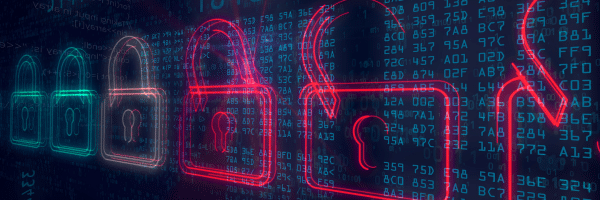The threat of hacking has become more pervasive than ever before. From personal data breaches to large-scale cyber attacks on corporations and government institutions, hacking poses a serious risk to individuals and organisations alike.
The good news is that there are numerous strategies that can be employed to stop hacking in its tracks. By adopting a proactive and comprehensive approach to cyber security, we can safeguard our digital assets.
1. Strong and Unique Passwords: The cornerstone of cyber security starts with passwords. Utilising strong, complex, and unique passwords for each account can thwart many hacking attempts. Password managers, like LastPass, can help generate and store passwords securely.
2. Multi-Factor Authentication (MFA): MFA adds an additional layer of security by requiring users to provide multiple forms of verification before accessing an account. This could involve a combination of something the user knows (password), something they have (a text message with a code), and something they are (biometric data like fingerprints or facial recognition).
3. Regular Software Updates: Hackers often exploit vulnerabilities in outdated software. Regularly updating operating systems, applications, and plugins can prevent hackers from exploiting known weaknesses. Employing the services of a Managed Service Provider can help you ensure that all updates are implemented correctly.
4. Robust Firewall and Intrusion Detection Systems: Firewalls and intrusion detection systems (IDS) act as digital barriers, monitoring incoming and outgoing network traffic and blocking suspicious activities. A well-configured firewall can prevent unauthorised access to your systems.
5. Employee Training and Awareness: Human error is a major factor in successful hacking attempts. Regular cyber security training and awareness programs for employees can help them recognise phishing emails, social engineering tactics, and other common hacking methods.
6. Encryption: Encryption ensures that sensitive data is unreadable without the appropriate decryption key. Implementing end-to-end encryption for communications and encrypting stored data can greatly enhance security.
7. Incident Response Plan: Preparing for the worst is essential. Establish a well-defined incident response plan that outlines steps to take in the event of a security breach. Quick and coordinated action can help mitigate damage and minimize downtime. Utilising an MSSP like EOS IT can assist in the event of a security incident and manage your incident response quickly and efficiently.
10. Regular Backups: Regularly backing up your data ensures that even if a hacker breaches your system, your critical information remains safe. Backups should be stored securely and tested periodically for restoration.
Hacking is a serious threat that requires a multi-faceted and proactive approach to mitigate. Implementing strong password practices, employing multi-factor authentication, keeping software up to date, and educating employees are some of the vital steps in the battle against hackers. With the right combination of technological measures, human vigilance, and contingency planning, we can significantly reduce the risk of falling victim to hacking attacks and protect our digital assets. Remember, cyber security is a continuous effort that demands constant adaptation and improvement to stay ahead of the ever-evolving threat landscape.
NEED HELP?
Is your organisation protected against security threats? It’s time to take a proactive approach and ensure that your valuable assets are secure. Get peace of mind by scheduling a cyber security assessment today. Our expert team will thoroughly assess your systems, networks, and processes to identify any vulnerabilities and weaknesses.
With our comprehensive assessment, you’ll gain valuable insights into potential risks and receive actionable recommendations to fortify your defenses. Don’t wait for a breach to happen—take charge and prioritize your organisation’s cyber security. Contact us now for more information.







